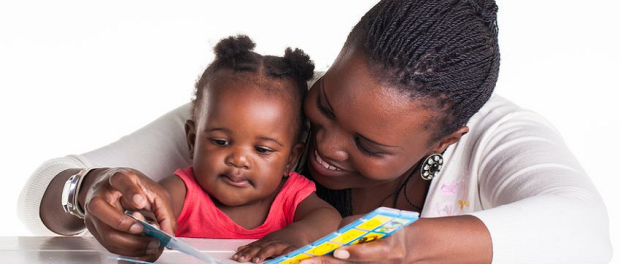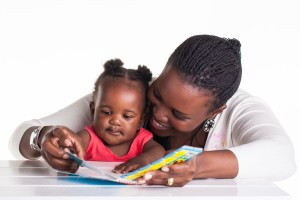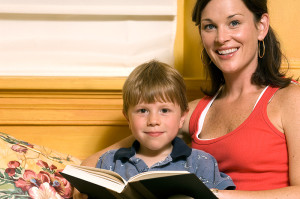When Is Too Early To Read To My Baby? Plus 5 Steps To Teach Reading
When is Too Early to Read to My Baby?

Little ones have so much to learn during those first few years of life. Reading, language, and numeracy are critical skills that begin to develop from the very first year of life. With so much to learn, many parents wonder when is the right time to start introducing children to reading.
Is it possible to start too early? too late?
Is there a best way to get little ones started with reading?
Here are some answers to those great questions!
Babies are born with immature brains. As they learn and grow during those first critical years, infants are busy creating new brain cells that help fill out the immature newborn brain. The more children are exposed to enriching stimuli during the first few years, the more their brains will develop and mature. When parents ask if it is ever too early to begin reading, the answer is always NO! Parents can begin reading to their children in the womb. When they are born, parents can continue to read to infants and newborn babies to help them become accustomed to the sound of language and speech. Babies’ brains will develop stronger language and communication centers as a result of early and thorough exposure to reading and language.
Here are some great tips for introducing reading to your child during those early years:
1) Begin reading to your child right away. As soon as your baby is able to see the pictures and touch the pages, show your baby the book and say the name of pictures that your baby touches on the pages. Infants are able to hold puffy fabric books and chubby board books that are made to withstand a baby’s rough handling. Continue to read children’s literature and poetry to your one year old, even when if baby only plays with the fabric and board books.
2) Toddlers are ready for a more intensive reading experience. While you will have to be careful to protect the books from rough treatment by toddlers, your two- and three-year-olds are able to hold children’s books, identify the front, back, and spine of each book, and maybe even find the title page. Approach each new book with curiosity. Ask your toddler about what is on the cover. Ask questions like: Do the pictures give a clue about what is inside the book? … What do you think is going to happen in this story? … What do you think will happen next?
3) The more you engage your child in the ceremony of reading, the more excited and involved your child will be with books. By 4 years of age, your child is ready not only to begin to read simple books but also write and illustrate some books as well. Fold some regular printer paper in half and staple them together to make a little booklet. Children can turn these booklets into original stories with illustrations and a cover page! If your child is not able to spell independently, ask what the story is about. Then make a word bank that lists all the words you child plans on using in the story. This activity provides children with a jump start to reading and literacy as they are able to experience the making and reading of books from the beginning all the way to the end.
4) Other enriching activities to promote reading during early childhood include coloring pages from a favorite book. Use tracing paper to trace illustrations and favorite characters, or just photocopy some of the illustrations in black and white. Your child can trace the title and color in the pictures while you read the story aloud. Over time, your child will be able to recreate some of the scenes from favorite books without tracing paper or a copy machine. This activity will naturally lead to your child writing independent stories using characters from favorite stories or even entirely new characters!
5) When it is time for your child to begin to read, consider the shared reading method. Begin by asking your child to identify all of a certain letter on each page. So your child might point to all the As on the page. After practicing identifying letters, move on to small words. Ask your child to point to every “the” on each page. Over time, increase your child’s participation. Begin with your child reading the first sentence of each page. Then the first paragraph. Then take turns reading paragraphs, then alternate pages. Eventually, your child will be able to read aloud to you while you watch in pride and amazement. The gift of literacy is a precious thing!
The great news is that TODAY is the best time to start your little one on the path to reading and literacy. Reading is a vital ability that allows children to survive in today’s fast paced society. More than ever before, people need to read in order to full out job applications, run a household, and function in society as an independent adult. Reading level is one factor that directly impacts a child’s ability to grow up and be effective in society.
Parent Blog.org is sponsored by The Orchard Human Services, Inc. a 501(c)3 nonprofit organization.

This article was submitted by Parenting Expert Darleen Claire Wodzenski
Darleen Claire specializes in Attachment Focused Parenting & Intervention; Effective Parenting Strategies; Academic Support for Students with Exceptionalities (Gifted & Talented and Special Needs); and Making Families Work (including traditional, single parent, nontraditional, and homeschool families).





